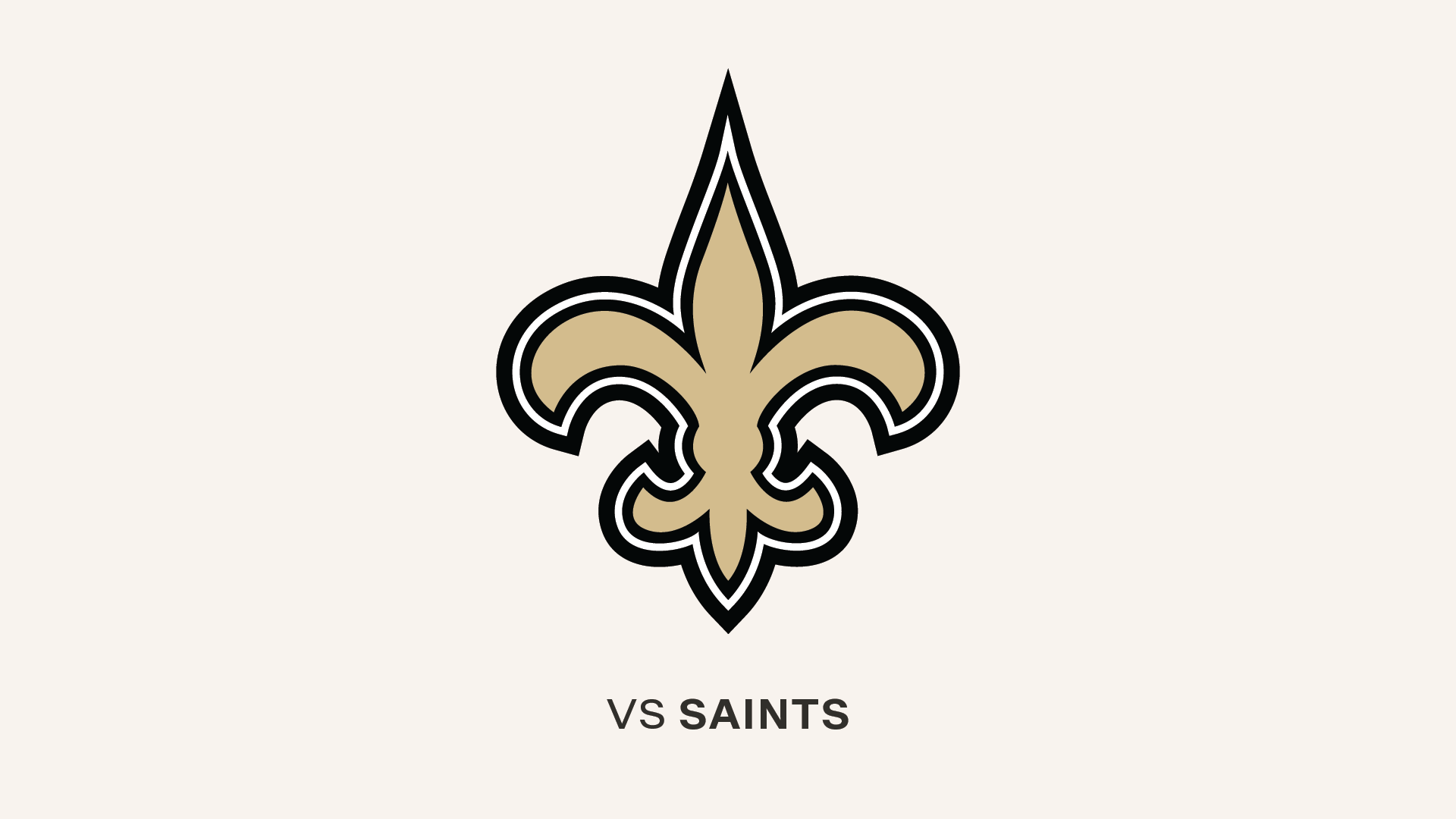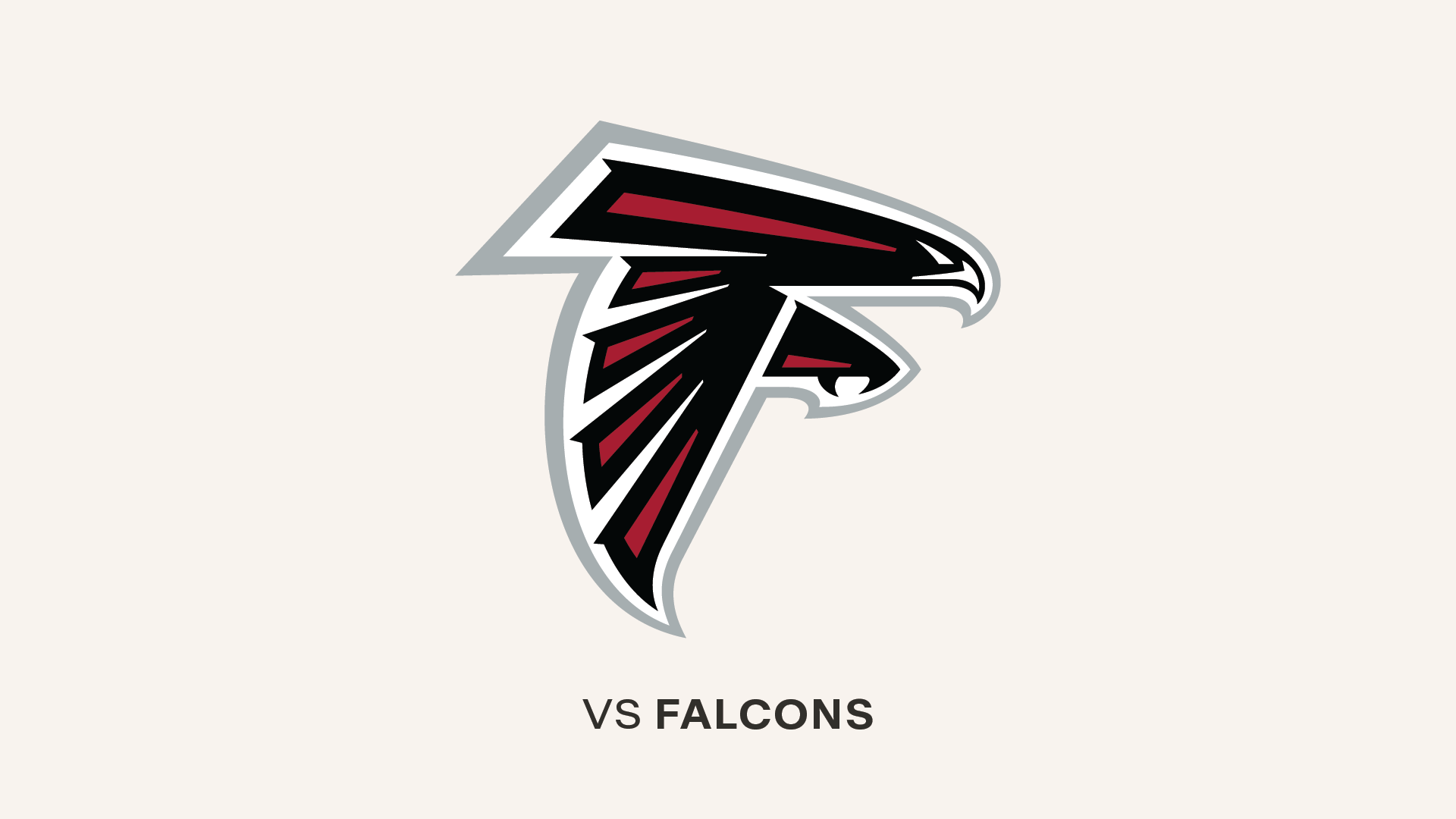Photos from QB Jameis Winston's 2016 campaign.

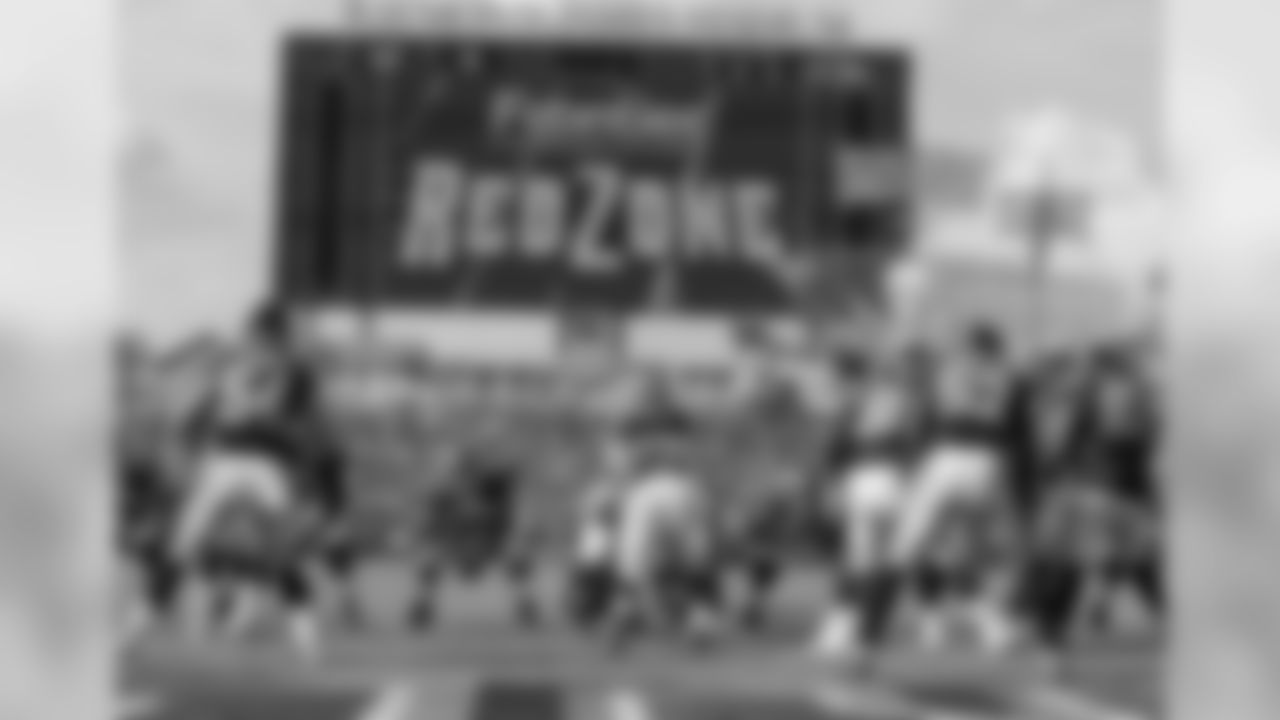













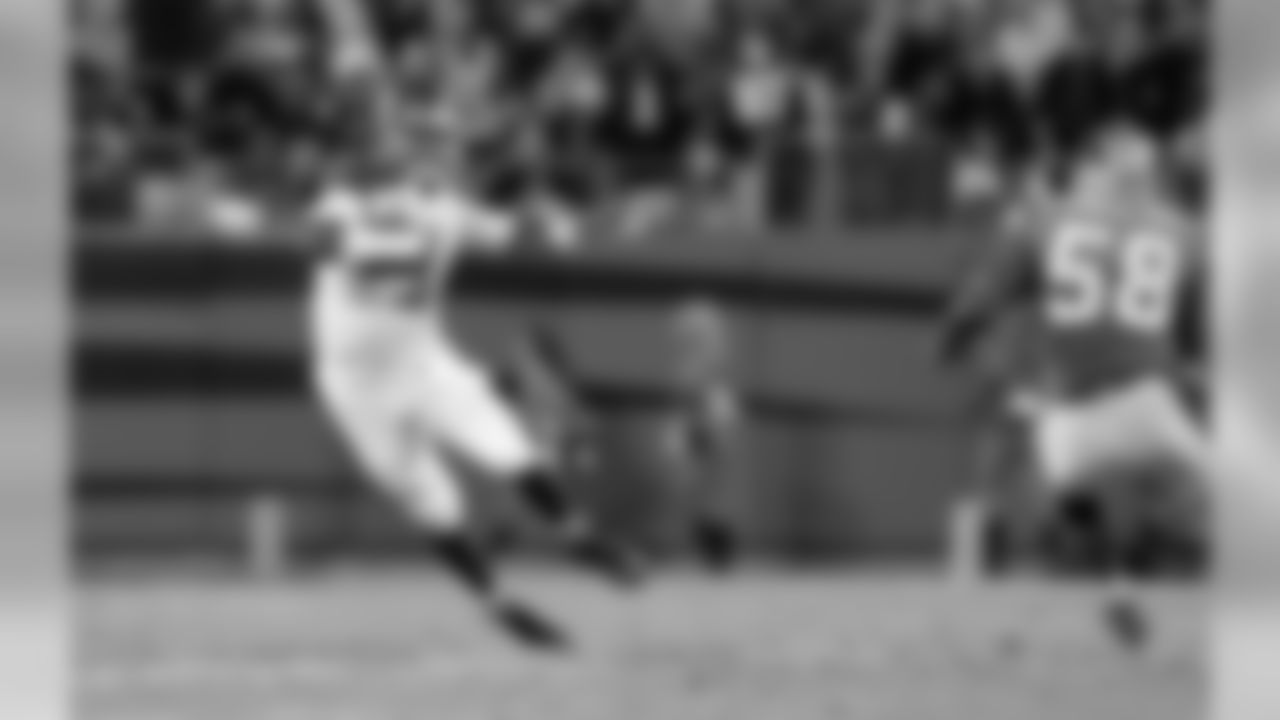




































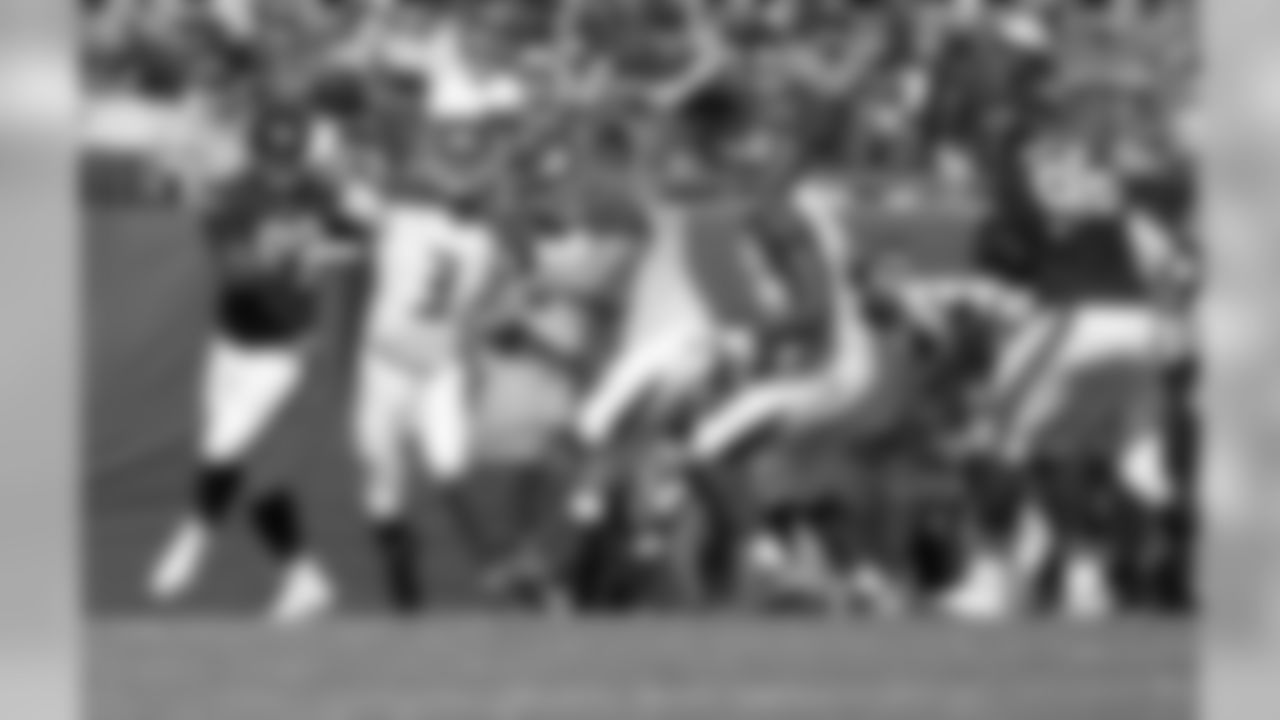













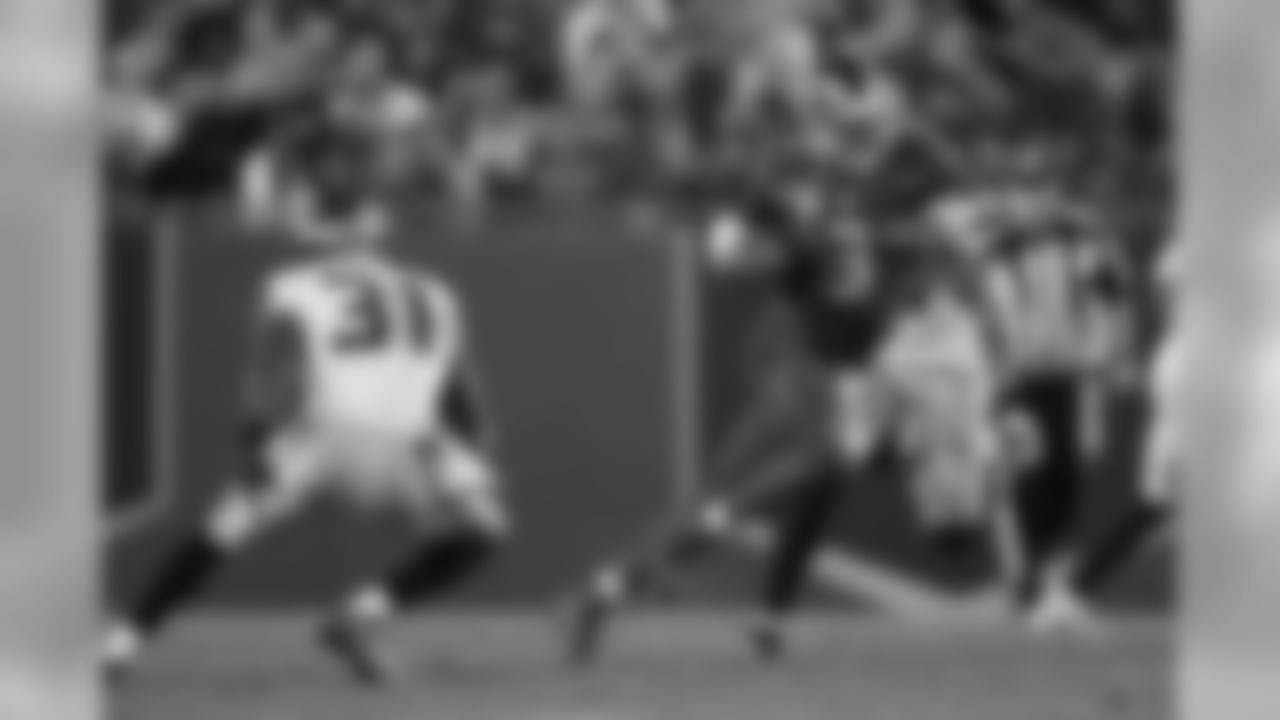































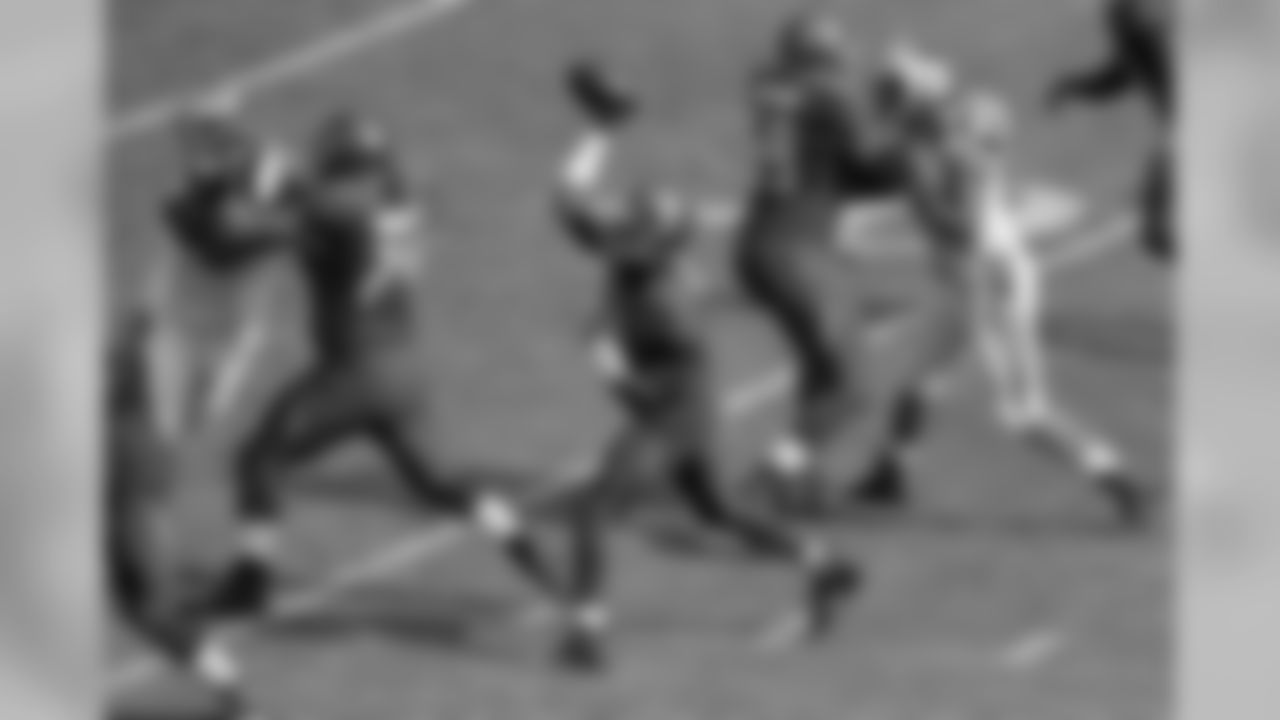

The Tampa Bay Buccaneers made real progress in 2016, most notably in the bottom line of wins and losses. In addition to improving their win total from six to nine, the Buccaneers also advanced to the cusp of the playoffs, only missing out on a postseason berth due to a third-level tiebreaker.
That the team clearly ascended this past season without quite achieving its ultimate goals suggests that there were some areas of improvement that were greater than others. We've spent the past two weeks on a series of "progress reports" meant to identify some areas that needed improvement in 2016, assess how much growth there was and try to determine the reasons for success or failure.
Today's issue: Drive-Stopping Mistakes on Offense
In 2015, the Buccaneers' offense ranked fifth in the NFL in yards per game (375.9) and set a single-season franchise record with 6,014 total net yards. However, that only translated in the 20th-highest points-per-game mark, 21.4. On Monday, we looked at one potential reason for this disconnect between yards and points: Red-zone production. The Buccaneers' offense, however, put up virtually the same touchdown and scoring percentage numbers on red zone drives in 2016 as it had in 2015.
There were other reasons that the 2015 offense didn't always reach its goal, and they can be grouped together under the heading of "self-inflicted wounds." These include dropped passes, penalties and turnovers, and while opposing defenses can obviously play a part in creating all three of those, they are generally areas in which an offense feels like it has a great deal of control. All three of these were problem areas for Tampa Bay's attack in 2015. Did it get better in 2016?
1. Dropped Passes
Indeed, Tampa Bay's pass-catchers were far more sure-handed in 2016 than they had been the previous season.
Keep in mind that a "dropped pass" can be a somewhat subjective assessment, and the Buccaneers' coaches and players might not necessarily agree with every play that is put under this heading. Still, there's little arguing that drops were a concern for Tampa Bay's passing attack in 2015. We'll use the same source for both seasons – Statspass – to at least provide some consistency on a subjective topic.
In 2015, according to Statspass, Buccaneer skill-position players dropped 25 of 337 "catchable" passes, or 7.4% of the total. That ranked 29th in the league; only Oakland, Jacksonville and Philadelphia were worse. The league average was 5.8%.
In 2016, the Bucs were charged with 12 drops on 367 catchable passes, or 3.3%, which was the seventh-best mark in the NFL. Only Dallas, Washington, Tennessee, Atlanta, new England and Cincinnati were better. Tampa Bay's pass-catchers saw 30 more catchable passes in 2016 than the year before but cut their drops by more than 50%. That is a rather impressive improvement.
How did this improvement come about? The biggest difference was third-year wideout Mike Evans taking his already impressive game to another level. Despite racking up 1,206 yards and averaging 16.3 yards per catch in 2015, Evans was left unsatisfied with his second NFL season, largely due to issues with consistency. In 2016, Evans was the Bucs' most consistent offensive player and one of the best receivers in the entire NFL, catching 96 passes for 1,321 yards and 12 touchdowns.
Every receiver in the NFL drops a pass from time to time, and Evans did so in 2016, but not at any kind of problematic rate. According to Statspass – and we're still taking these specific numbers with a grain of salt – Evans dropped 7.4% of the passes on which he was targeted in 2015 but only 4.0% of them in 2016.
For Jameis Winston, the upshot was that his rate of catchable passes thrown that were dropped fell from 7.4% in 2015 to 3.1% last year. Of all the NFL quarterbacks who attempted at least 100 passes in 2016, only five suffered from a lower percentage of drops. That's a big improvement.
2. Penalties
Penalties were an enormous problem for the 2015 Buccaneers. The team ranked dead last in penalties called against it (165), 31st in penalties accepted (143) and 31st in penalty yards against (1,195). In each of the latter two cases, only Buffalo was worse.
Again, we see significant improvement in this area in 2016. The Bucs were 20th in called against them (119), tied for 14th in penalties accepted (109) and 14th in penalty yards against (926). That still leaves room for further gains in 2017, but it's safe to say that Tampa Bay didn't hurt itself with flags to the point where it became a pressing issue (the end of the Oakland game notwithstanding).
Obviously, this includes all penalties called against the Buccaneers as a team, not just on offense. But we can break those numbers down further and it doesn't get any better for the 2015 offense. Tampa Bay incurred the most penalties and penalty yards offense in 2015 (73-587). Unfortunately, when we do break the penalties down into offense, defense and special teams we find that the greatest step forward for Tampa Bay in 2016 was on defense, not offense.
2015-16 Penalty Breakdown
|
Offense |
Defense |
Special Teams |
Total |
|||||
|
No. |
Yds. |
No. |
Yds. |
No. |
Yds. |
No. |
Yds. |
|
|
2015 |
73 |
587 |
53 |
458 |
17 |
150 |
143 |
1195 |
|
2016 |
64 |
505 |
30 |
284 |
15 |
137 |
109 |
926 |
Tampa Bay's offense committed nine fewer penalties for 82 fewer yards in 2016. That's progress. The defense made a much bigger jump, shearing off 23 penalties and nearly cutting the yardage in half. The special teams made a small improvement.
3. Turnovers
The Buccaneers had a better turnover differential in 2016 (+2) than the year before (-5), which was definitely a factor in their three-game jump in the wins column. In fact, after a terrible start in which the Buccaneers were at the bottom of that list after four weeks, the team was among the league's best for the final three-quarters of the season.
However, that was largely due to a higher takeaway rate by the Buccaneer defense. The Buccaneers forced 29 turnovers in 2016, good for third-best in the league and an improvement of six from the year before. The offense, however, had 27 giveaways, nearly identical to its 2015 total of 28.
There were two turnover areas in which Tampa Bay's offense did enjoy better results this past season. One, the players cut their fumbles from 26 in 2015 to 19 in 2016, and the number of lost fumbles dropped from 13 to nine.
More importantly, Tampa Bay's giveaways in 2016 weren't as costly on the scoreboard as the year before. Buccaneer opponents scored touchdowns after 50.5% of the team's giveaways in 2015, on the way to 114 points off turnovers. In 2016, the defense only allowed touchdowns on 37.0% of post-turnover possessions, and a total of 81 points.
Of course, that improvement, while good for the team, is a credit to the defense, not the offense. The Buccaneers did not improve significantly in limiting their own turnovers in 2016, which is why their overall point total of 354 was only 12 more than they scored the season before. The primary issue is interceptions; the Bucs threw 18 of them in 2016, the sixth-highest total in the league and the highest total by a team that finished with a winning record. This is not particularly surprising given that their quarterback is still very early in his career. Still, Jameis Winston, who has shown the ability to limit turnovers for long stretches of games, needs to continue to progress in this area.























